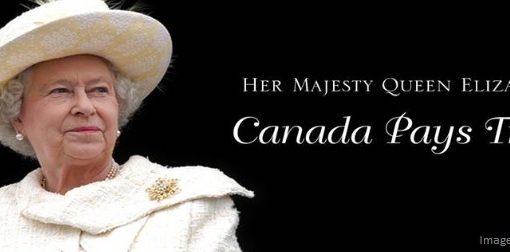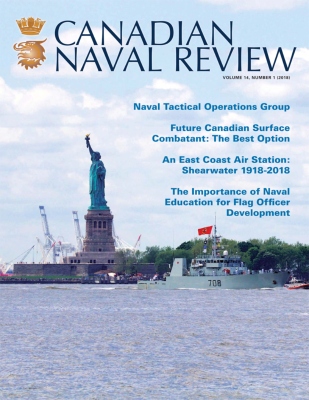An article by Mark D. Faram in Navy Times entitled “3-Star Shakeup In The Works” (dated 19 December 2007) indicates that the new Chief of Naval Operations, Admiral Gary Roughead, plans to make as many as nine changes to the U.S. Navy’s roster of 26 three-star admirals by the end of summer. By comparison, Admiral Mike Mullen, the new Chairman of the Joint Chiefs of Staff, made only one change when he took over as CNO in July 2005. Three of the changes are due to more or less ‘normal’ retirements but the remainder were unanticipated.
Admiral Mullen began the process that resulted in the new Maritime Strategy (announced on 17 October), whereas Admiral Roughhead is the officer that will implement it. Changing just a little more than a third of the senior leadership of the American navy sends an unmistakeable signal that the ‘soft power’ policy initiative will require new thinking from a different generation of leaders.
Now that that the new strategic direction has been promulgated, the USN is busily replacing the top admirals in their various command positions to ensure that the inter-service momentum established during the strategy formulation process will not be lost through ‘stalling tactics’ by those in the navy that are opposed to it. Changes in the Marine Corps and the U.S. Coast Guard could also occur soon, following the navy’s example and sending the same signal.
With the American election approaching, the new leadership and policy are poised to inform the next administration. The admirals are now firmly in control and are shaping a new policy direction (these conclusion effectively answer three of the four questions I posed in my earlier post on this subject). The only question left to be answered remains: “Where does this U.S. shift in strategy leave Canada and other NATO allies?”




